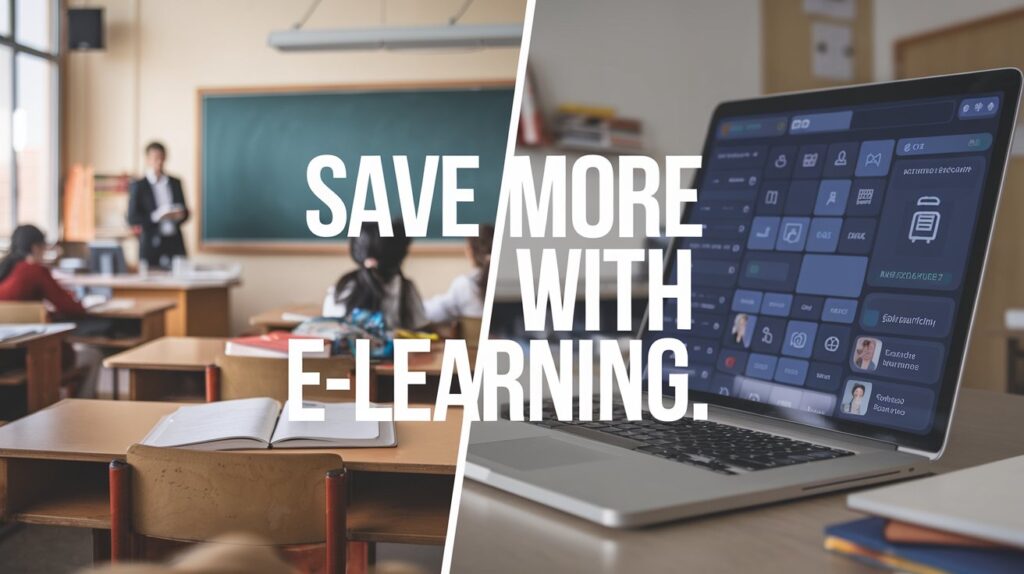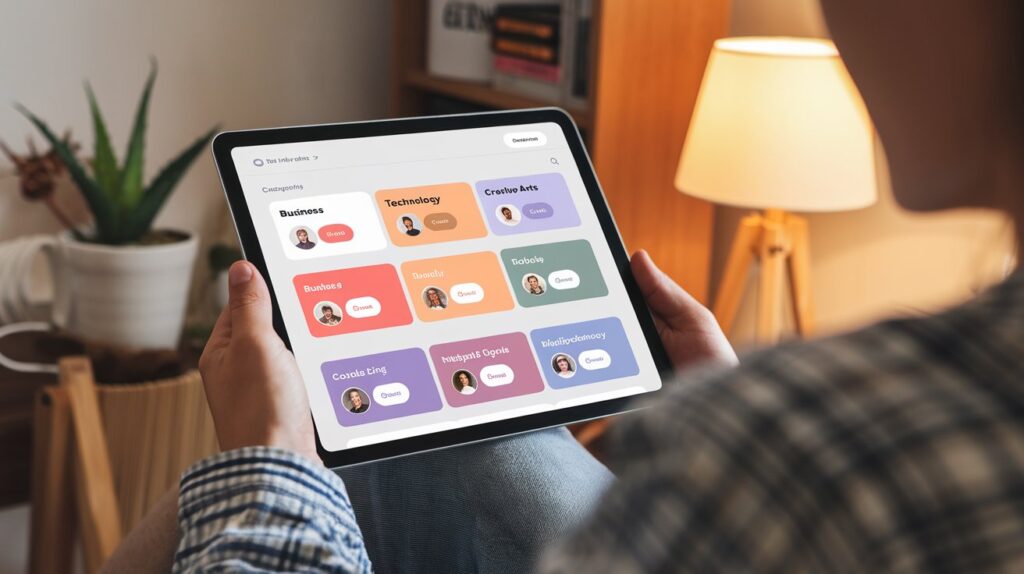Here’s a complete SEO-friendly blog draft based on your title:
E-Learning Benefits, Types, and Trends You Can’t Miss
E-learning is transforming education and corporate training by making knowledge accessible anywhere, anytime. With its flexibility and adaptability, it’s no surprise that e-learning is reshaping how we acquire skills and knowledge. In this blog, we’ll dive into the benefits, types, and trends of e-learning you need to know about.
What is E-Learning?
E-learning, or electronic learning, involves using digital tools and platforms to deliver educational content. From online courses to corporate training modules, e-learning enables interactive and self-paced learning for students and professionals alike.
Key Benefits of E-Learning
-
Flexibility
Learners can access courses at their convenience, allowing them to balance studies with other responsibilities.
Example: A working professional can take an online marketing course after work hours.
E-Learning Benefits, Types, and Trends You Can’t Miss -
Cost-Effective
E-learning eliminates the need for travel, physical classrooms, and printed materials, making it a budget-friendly option for both learners and organizations.
-
Customized Learning Paths
E-learning platforms often use AI to personalize learning experiences, adapting course content to suit individual needs and preferences.
-
Global Reach
Anyone with an internet connection can access quality education, bridging gaps in education accessibility worldwide.
Types of E-Learning
-
Synchronous E-Learning
This involves real-time interaction between instructors and learners through tools like video conferencing.
Example Platforms: Zoom, Microsoft Teams -
Asynchronous E-Learning
Learners access pre-recorded content and study at their own pace, ideal for those with busy schedules.
Example Platforms: Udemy, Coursera
E-Learning Benefits, Types, and Trends You Can’t Miss -
Blended Learning
A mix of online and in-person instruction, offering the best of both worlds.
-
Mobile Learning
Accessing educational content via mobile apps, enabling on-the-go learning.
Example Apps: Duolingo, Khan Academy
Top E-Learning Trends to Watch
- Gamification
Gamified elements like leaderboards, badges, and quizzes enhance engagement and retention. - Microlearning
Bite-sized modules focus on specific skills or topics, making learning quicker and more effective.
E-Learning Benefits, Types, and Trends You Can’t Miss - Virtual Reality (VR) and Augmented Reality (AR)
These technologies provide immersive learning experiences, especially for fields like healthcare and engineering. - AI-Driven Personalization
Artificial intelligence tailors learning experiences based on individual progress and preferences. - Social Learning Platforms
E-learning is becoming more collaborative with features like discussion boards and peer-to-peer interaction.
Why E-Learning is the Future
E-learning not only democratizes education but also aligns with the growing digital landscape. Whether you’re an individual seeking to upskill or an organization aiming to train employees, e-learning is an invaluable tool.
Start Your E-Learning Journey Today
With countless platforms and resources available, there’s no better time to embrace e-learning. Explore the right platform for your needs and begin reaping the benefits of flexible and accessible education.

Related Resources
-
5 Successful Business Ideas That Will Transform Your Future
-
Boost Your Immunity Naturally: 7 Expert-Backed Strategies for a Stronger You